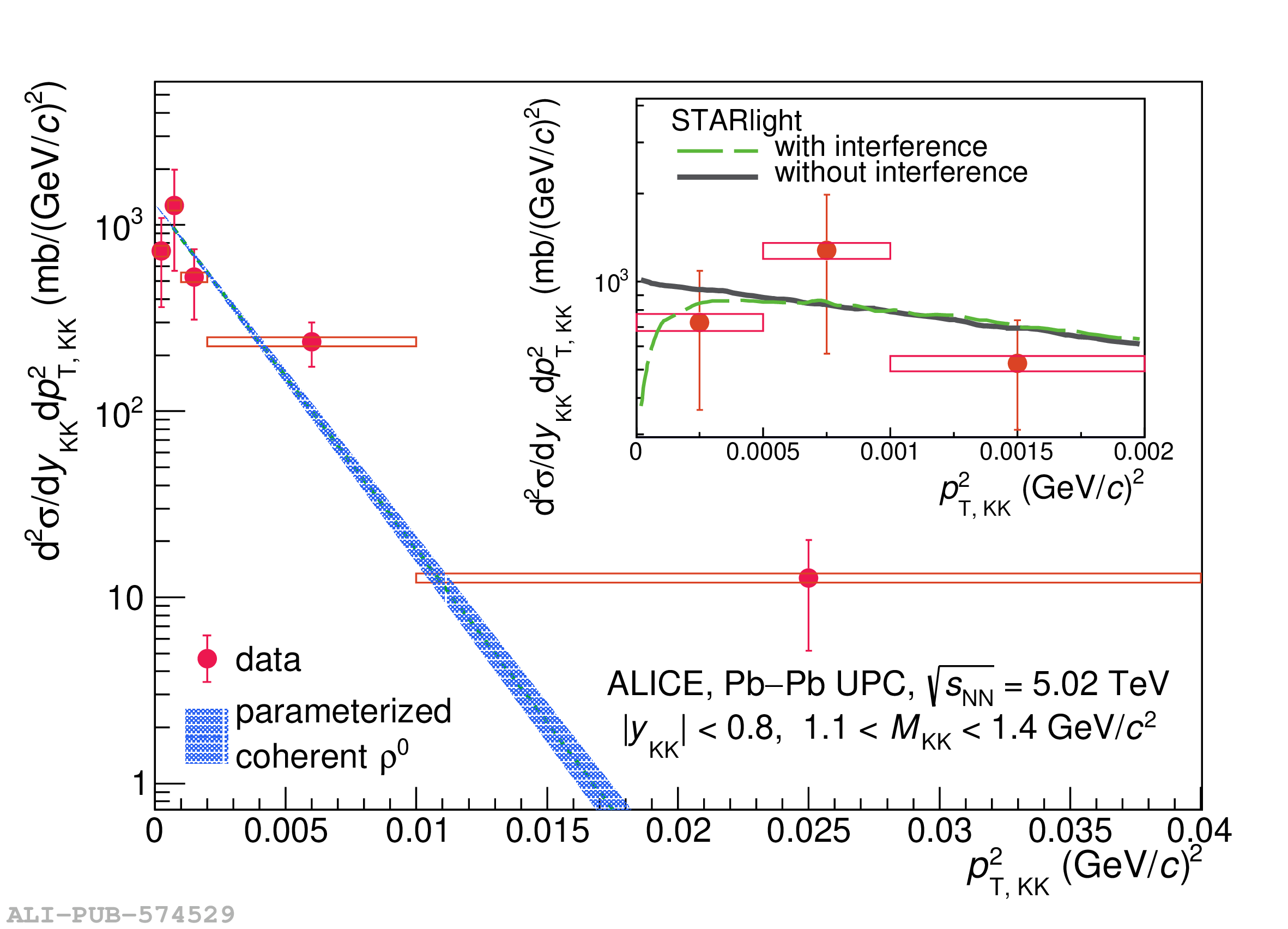K$^{+}$K$^{-}$ pairs may be produced in photonuclear collisions, either from the decays of photoproduced $\phi (1020)$ mesons, or directly as non-resonant K$^{+}$K$^{-}$ pairs. Measurements of K$^{+}$K$^{-}$ photoproduction probe the couplings between the $\phi (1020)$ and charged kaons with photons and nuclear targets. The kaon$-$proton scattering occurs at energies far above those available elsewhere. We present the first measurement of coherent photoproduction of K$^{+}$K$^{-}$ pairs on lead ions in ultra-peripheral collisions using the ALICE detector, including the first investigation of direct K$^{+}$K$^{-}$ production. There is significant K$^{+}$K$^{-}$ production at low transverse momentum, consistent with coherent photoproduction on lead targets. In the mass range $1.1 <~ M_{\rm{KK}} <~ 1.4$ GeV/$c^2$ above the $\phi (1020)$ resonance, for rapidity $|y_{\rm{KK}}|<~0.8$ and $p_{\rm T,KK} <~ 0.1$ GeV/$c$, the measured coherent photoproduction cross section is $\mathrm{d}\sigma/\mathrm{d}y$ = 3.37 $\pm\ 0.61$ (stat.) $\pm\ 0.15 $ (syst.) mb. The center-of-mass energy per nucleon of the photon-nucleus (Pb) system $W_{\gamma \mathrm{Pb, n}}$ ranges from 33 to 188 GeV, far higher than previous measurements on heavy-nucleus targets. The cross section is larger than expected for $\phi (1020)$ photoproduction alone. The mass spectrum is fit to a cocktail consisting of $\phi (1020)$ decays, direct K$^{+}$K$^{-}$ photoproduction, and interference between the two. The confidence regions for the amplitude and relative phase angle for direct K$^{+}$K$^{-}$ photoproduction are presented.
Phys. Rev. Lett. 132 (2024) 222303
HEP Data
e-Print: arXiv:2311.11792 | PDF | inSPIRE
CERN-EP-2023-248
Figure group



